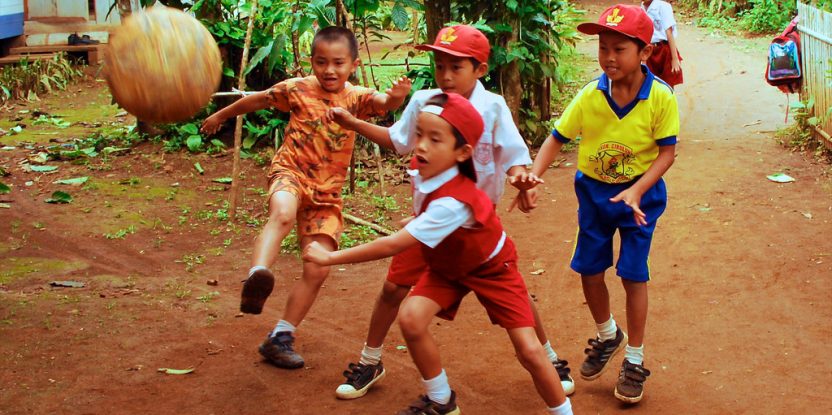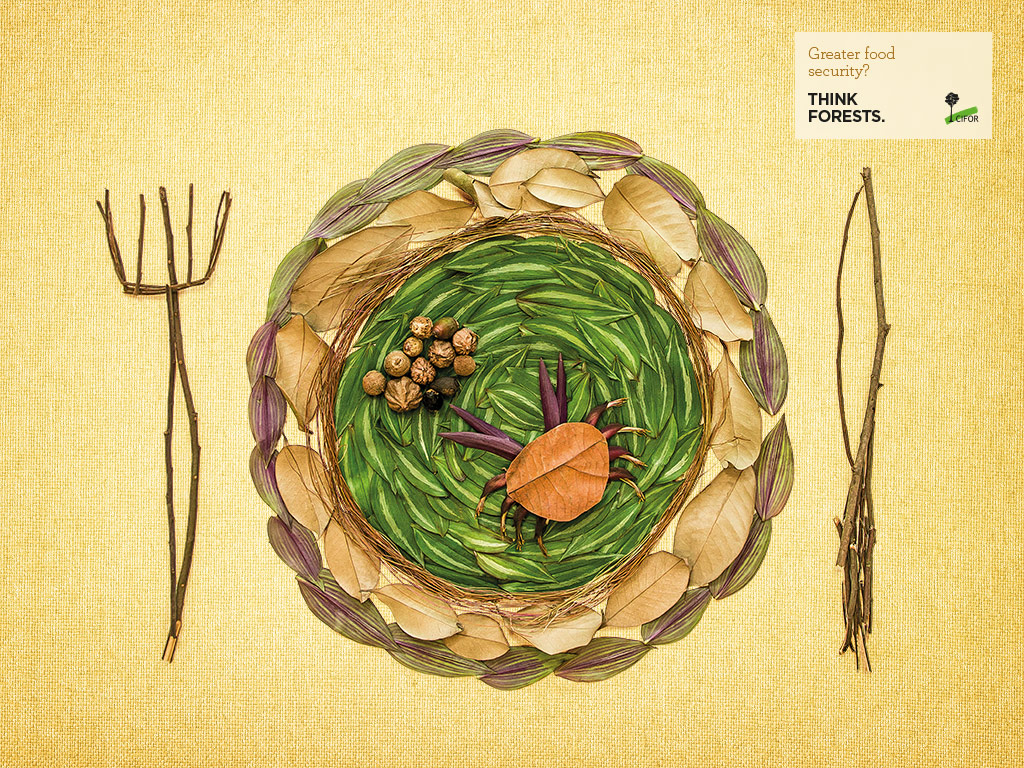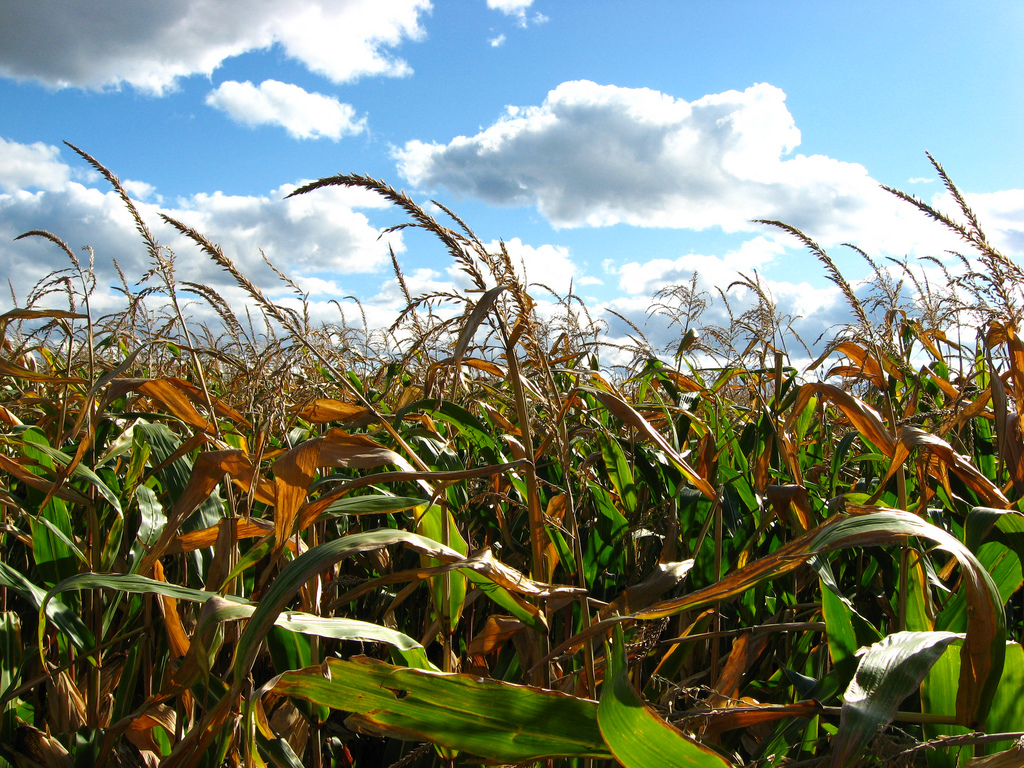Children need a healthy diet to grow strong bodies and minds, and to protect against deadly infections. In Indonesia, getting kids to eat healthy foods is a vital step toward overcoming problems of stunting and child mortality.
But could your child’s diet be influenced by the type of landscape you live in?
This question was addressed in a recent study by scientists at the Center for International Forestry Research (CIFOR), which looked at children’s diets and landscapes across Indonesia.
The study found that kids living in tree-dominated landscapes had healthier diets than kids living in the same regions without trees. The biggest contrast was found in West Kalimantan, Indonesia, where diets were found to be far healthier for kids living near swidden and agroforestry landscapes than for kids living elsewhere in the province.
These findings suggest a need for a change in thinking on policies related to child nutrition, food security and land use.
WHAT IS A HEALTHY DIET?
A healthy diet has as much to do with quality as it does with quantity.
Staple foods have long been the traditional focus of food security, with policies aiming to increase crop yields and calorie intake among a population. But foods rich in micronutrients are just as important for health, especially among children.
“There are more people in the world suffering from micronutrient deficiency than from hunger,” said lead researcher Amy Ickowitz.
One key micronutrient for child health, immunity and cognitive development is Vitamin A, which the body converts from beta-carotene (the pigment found in orange-colored fruits and vegetables). Another is iron, found in animal-source foods, legumes and green leafy vegetables. Vitamin A and iron help to boost immunity, which is important for children to be able to fight off potentially deadly infections and illness.
Variety in diets is also important. Heavy reliance on staple foods leads to an unbalanced diet high in carbohydrates. Carbohydrates is a type of macronutrient, but it lacks micronutrients like vitamins and minerals.
The typical Indonesian diet relies heavily on rice as the main national staple, making consumption of food from other groups essential for sourcing micronutrients.
Plenty of local foods provide rich sources of Vitamin A and iron. Fruits like mango and papaya are a great source of Vitamin A, while iron can be found in legume-based foods, including peanuts, tofu and tempeh, as well as animal-source foods like meat, fish and eggs.
The study examined how often children ate from micronutrient-rich food groups, based on data from the 2003 Indonesian Demographic Health Survey (DHS). This was the most recent DHS survey in Indonesia that included data on the approximate spatial location of communities.
WHAT’S THE LINK TO LANDSCAPES?
The researchers used the provided GPS coordinates from the DHS and linked these with satellite information on different types of land use in Indonesia. They were then able to investigate the relationship between children’s consumption patterns and different types of tree-dominated landscapes.
Four Indonesian provinces were chosen to represent each type of landscape: Central Sulawesi for natural forest, Central Java for timber plantations, Riau on the island of Sumatra for agricultural tree crops like oil palm, and West Kalimantan for swidden and agroforestry practices.
The results showed very different eating patterns for children living near these types of landscapes in each of the four provinces. Children living near timber plantations in Central Java ate meat more frequently than those away from plantations. In Riau, Vitamin-A-source vegetables were eaten more frequently by children living near agricultural tree crops, while children near natural forests in Central Sulawesi scored high for fruits, vegetables and leafy greens.
The biggest difference was found in West Kalimantan, where children living in swidden and agroforestry landscapes were found to eat meat, fruit, vegetables, green leafy vegetables and legumes more often than children in other landscapes in the province.
The reason why might be found in the intrinsic character of swidden landscapes. The rotations of swidden farming create a diverse mosaic of land uses. For instance, staple crops are typically intercropped with vegetables and fruit trees are grown so that forests and fallows can become a source of game meat and wild greens.
“It seems that swidden farmers are not just growing rice and buying everything else. Rather, they’re growing rice with beans, with leafy vegetables, and keeping fruit trees, as well as hunting for small game in their older fallows,” Ickowitz said.
There are more people in the world suffering from micronutrient deficiency than from hunger.
A NEW NARRATIVE
For policymakers, the findings question prevailing narratives about nutrition, food security and land use.
“If we’re telling people in West Kalimantan to convert their swidden fields to oil palm or some other intensified system because we think that their incomes are going to go up and that their food security is going to improve, we might want to think again — at least from a dietary perspective. This may actually make their children worse off,” Ickowitz said.
Evidence for the dietary benefits of being close to trees suggests a rethink of the assumption that forests must be sacrificed for food security. Policy pushes for intensifying rice production, or to ban swidden agriculture, must also be reconsidered.
To overcome Indonesia’s problems of stunting and child mortality, more research is needed on how to plan for better landscapes to improve children’s health.
We want you to share Forests News content, which is licensed under Creative Commons Attribution-NonCommercial-ShareAlike 4.0 International (CC BY-NC-SA 4.0). This means you are free to redistribute our material for non-commercial purposes. All we ask is that you give Forests News appropriate credit and link to the original Forests News content, indicate if changes were made, and distribute your contributions under the same Creative Commons license. You must notify Forests News if you repost, reprint or reuse our materials by contacting forestsnews@cifor-icraf.org.


